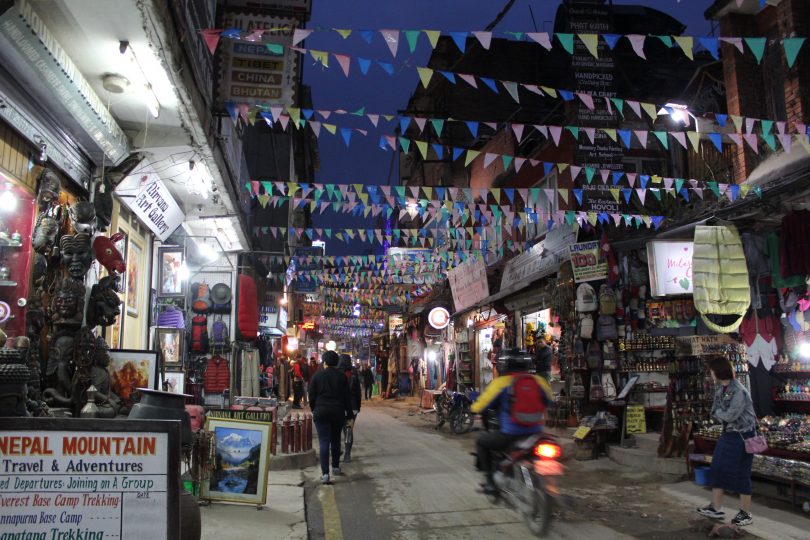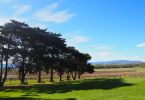Nepal has long been a favourite destination for adventurous, thrill-seeking Australians. Home to the highest mountain on earth, Mt Everest and some of the world’s most beautiful scenery, the country is a backpackers dream. I boarded a flight to Kathmandu in February and left several weeks later a changed person, desperately wanting to go back. Nepal is mesmerising but travelling here can be challenging. These tips are from one fellow traveller to another to make the journey a smooth one.
#1- Traffic
Nepal is approximately 53 times smaller than Australia but with a population of 28.98 million people (add a few thousand tourists to the mix too), the size of the country is no way indicative of how overwhelmingly busy major cities like Kathmandu and Pokhara are.
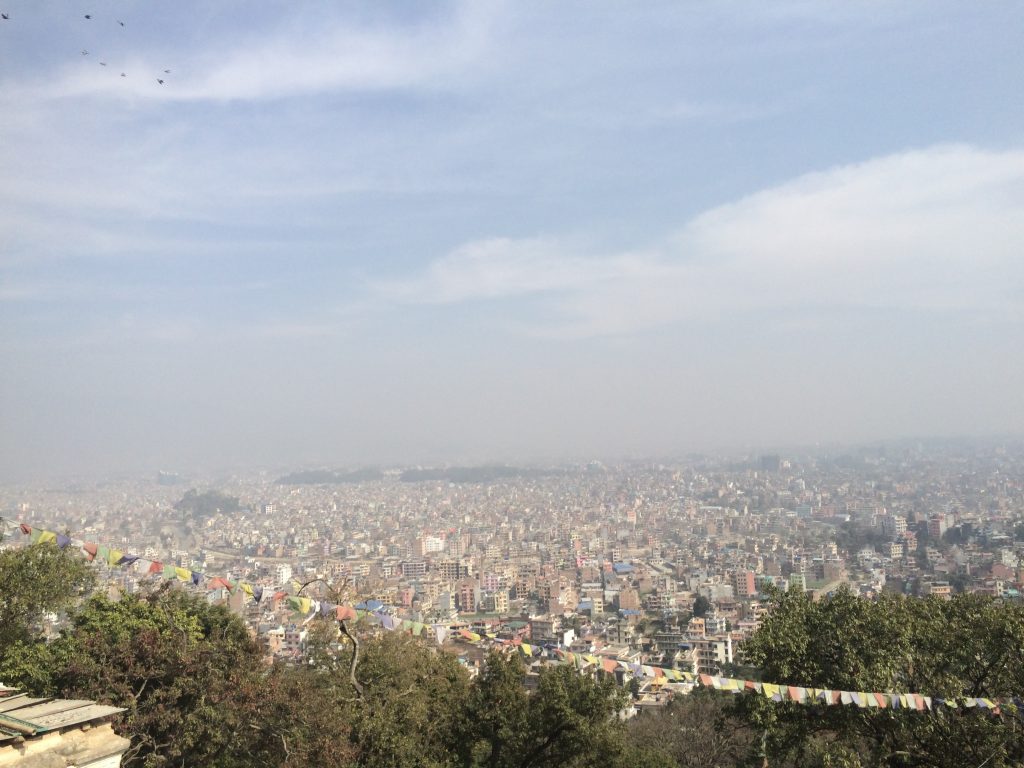
View from Swayambhu, Kathmandu
The traffic is pure madness– think a cross between India and Ho Chi Minh City. Arriving at the international airport, you’ll soon discover vehicles are not the only form of transport that crawls along the winding labyrinth of dirt roads. Cows, goats, motorbikes, trucks, buses, bicycles, rickshaws and tuk tuks all play a vital role in Nepal’s transport system. Somehow, it works and people get from A to B but I can guarantee you’ll never complain about the standard of Melbourne’s public transport again.
One taxi driver offered this advice: if you want to drive in Nepal, you need three things
- Good horn
- Good brake
- Good luck
Communication when on the road is perhaps Nepal’s most overwhelming quality. The honking of horns is not just common but compulsory if you want the traffic to move. It also means ‘get out of the way’ so observe that. After a few days of questioning whether or not you still have decent hearing, the sounds dim to background noise and become part of your life. It’s strange how much it is missed on the return back home.
#2- Food
Like most countries, Nepal doesn’t have an official food. But it should. Originating from Nepal’s neighbouring country, Tibet, Momos are small dumplings stuffed with meat or vegetables with the appearance of a dim sim. Served with a chutney-like sauce, momos are sure to be a feature of your breakfast, lunch and dinner while in Nepal. Be warned– finding equally satisfying momos in Australia is a near impossible challenge.
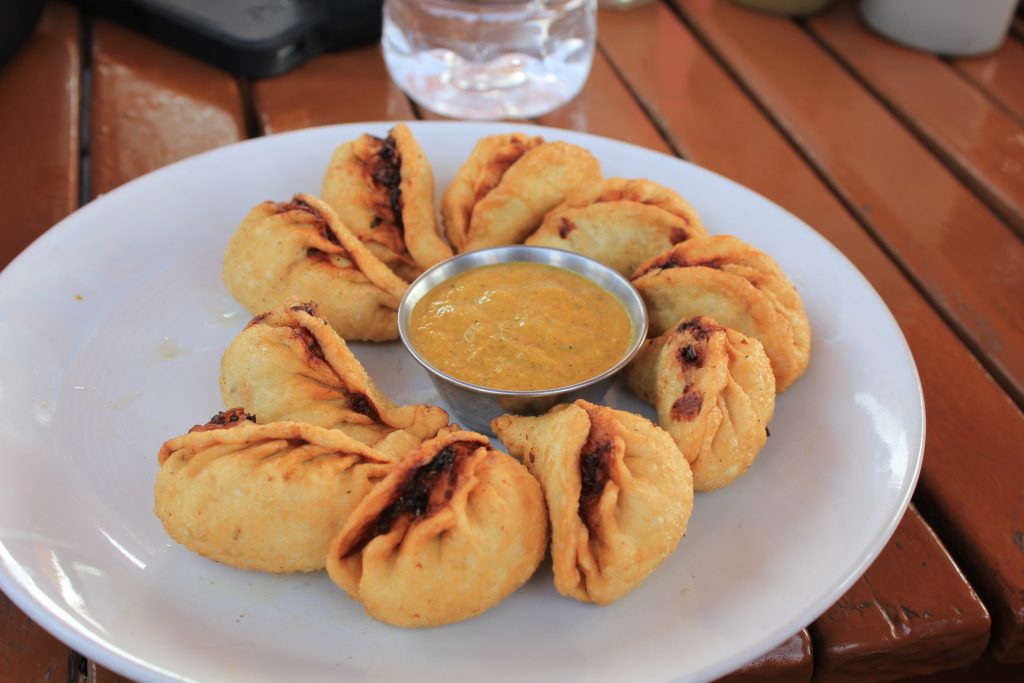
Heavenly morsels of food- fried momos
Note on salads: while a tasty bed of lettuce and garden vegetables might be your go-to snack back home, salads are not to be contemplated in Nepal… or any developing country for that matter. Unfortunately, due to the poor, untreated quality of tap water available (even in larger, popular cities), ingredients or dishes washed with water are likely to give you minor stomach issues at best and a waterborne virus at worst. Some Western restaurants wash their greens with bottled water so it can be worthwhile asking. However, if you’re not accustomed to bugs or haven’t been travelling overseas much before, it is best to avoid rather than risk spending the following day locked in a bathroom, swallowing entire packets of Imodium or hurling on the side of a dusty highway– not a good look.
#3- Earthquake
In April 2015, Nepal suffered devastating damage from a magnitude 7.8 earthquake that was felt throughout most of central and eastern Nepal and in neighbouring countries like India and Bangladesh. Over 9,000 people were killed and 600,000 structures in Kathmandu and nearby areas were damaged or destroyed. The crumbling of buildings meant not just the loss of villages, livelihoods, businesses and schools but places of worship– temples, sacred sites with great meaning to their followers. Nepali people are strong and the world dug into their pockets and reached out a hand to help but not all the money made it on the ground, where it was desperately needed. Aid efforts were marred by an unstable government and delays in forming the promised National Reconstruction Agency have left thousands homeless since the quake struck.
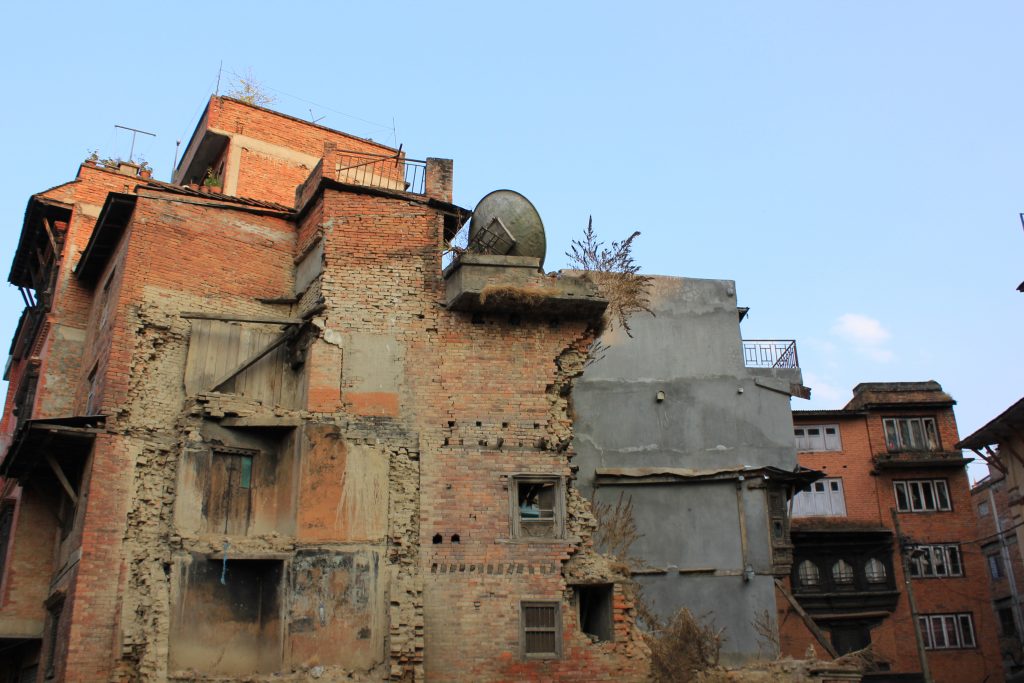
Patan
Two years on, earthquake damage is still very much visible, as are shanty towns housing displaced people. In some affected rural areas, temporary tin shacks secured with tin, tarpaulin and rocks dot the hills. Some of the infamous sites found in your Lonely Planet guide are partial rubble or are in the early stages of rebuilding. Expect to see construction efforts… everywhere, but don’t let this deter you. Follow the signs and directions of Nepali authorities.
One of the best ways to help Nepali people in their reconstruction efforts is to visit, buy local and regenerate the economy with those naive tourist dollars you’ll spend on psychedelic elephant pants or a t-shirt with Ganesh embroidered on the front (it seemed like a good idea at the time, okay?!).
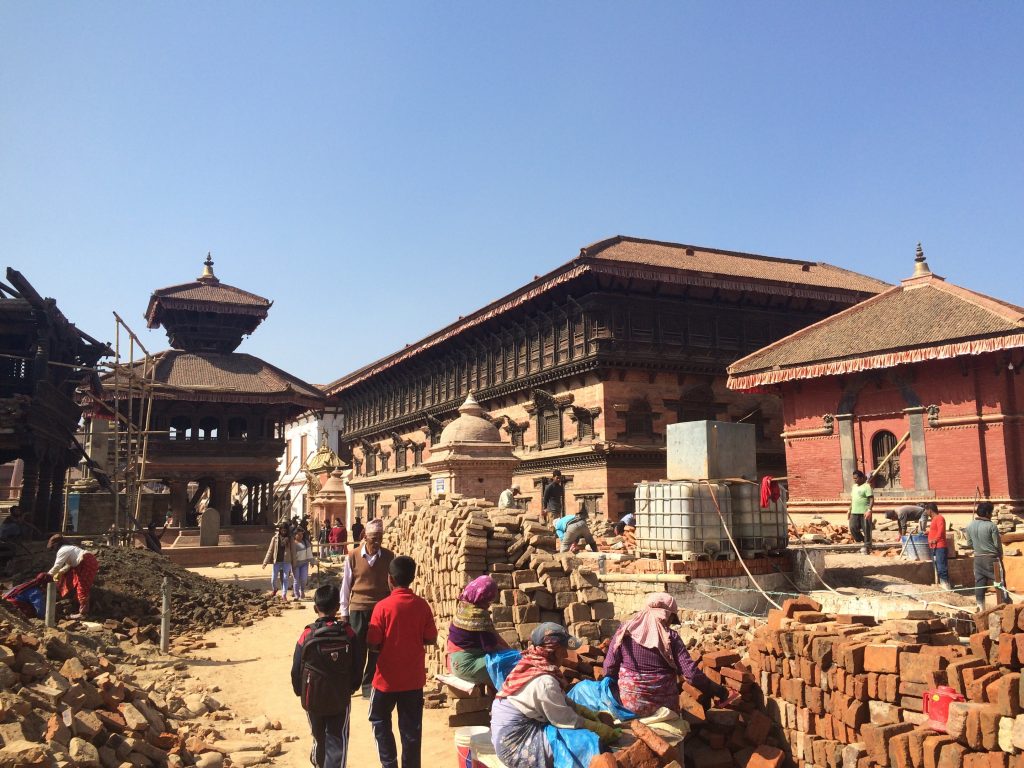
Damage in Bhaktapur
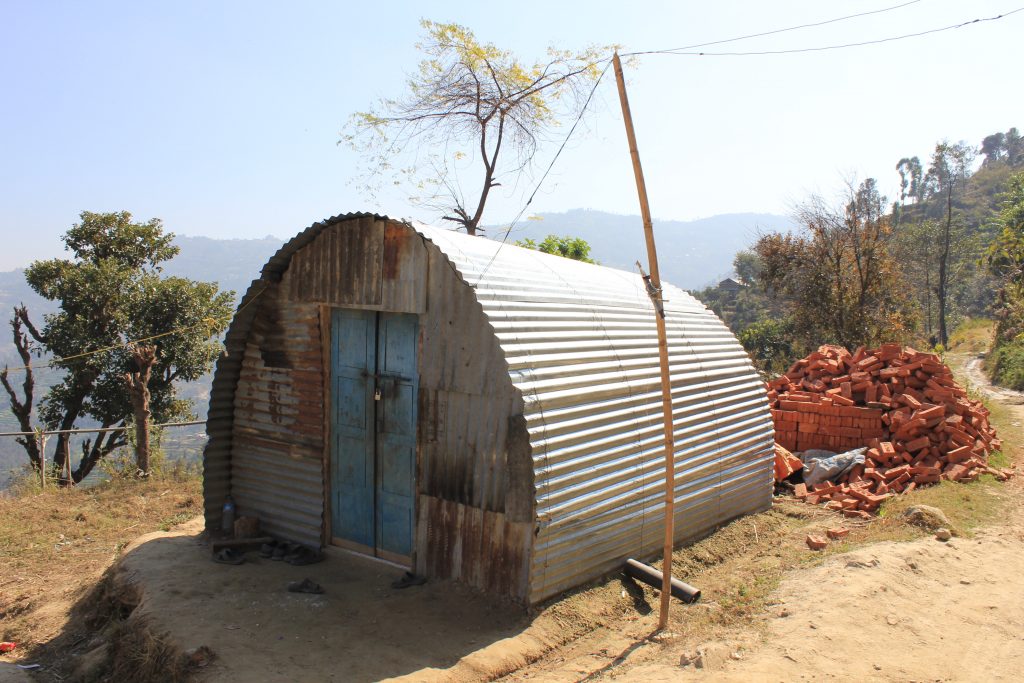
Earthquake shelter in Dhulikhel
#4- Religion
Despite Nepal being the birthplace of Buddha, 86% of Nepali people identify as Hindu (2011) and just 8% as Buddhist. This is a common misconception tourists have because the main landmarks are indeed Buddhist temples and monasteries. Impress your fellow travellers by dispelling the myth. Consult Google or a Lonely Planet guide before you head off to get an understanding of common traditions. Having knowledge of this makes a big difference when meeting and interacting with Nepali people. No visit to Nepal is complete without visiting temples and sacred sites so when given the opportunity, take it. It is an incredible privilege to learn about a culture so different from your own so be respectful. If this isn’t your thing, consider travelling to another country– faith is so important to Nepali people.
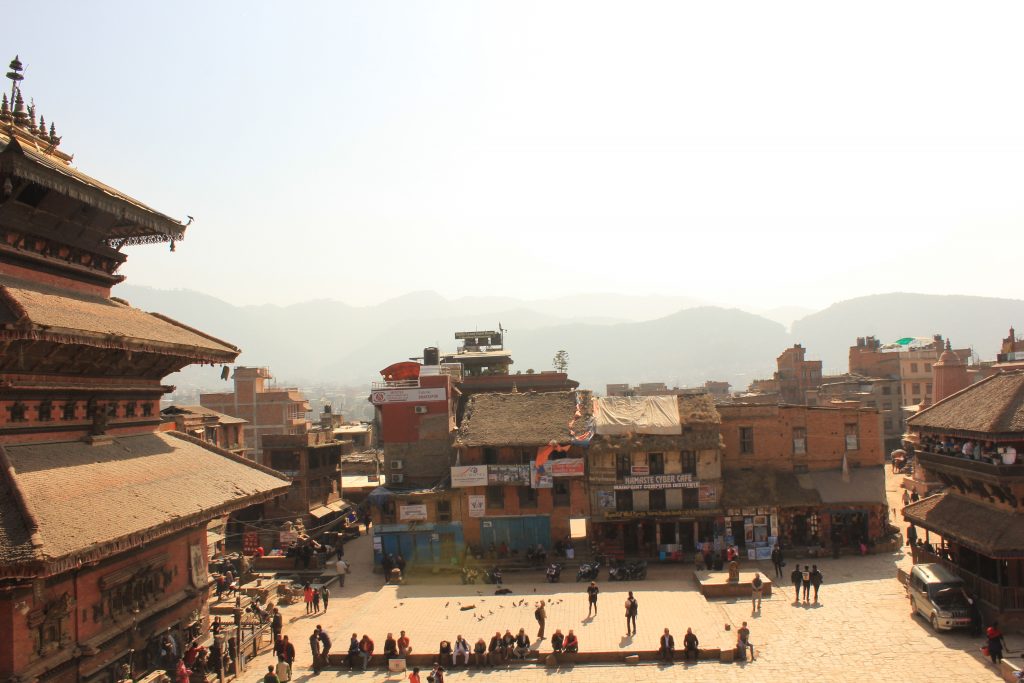
Bhaktapur
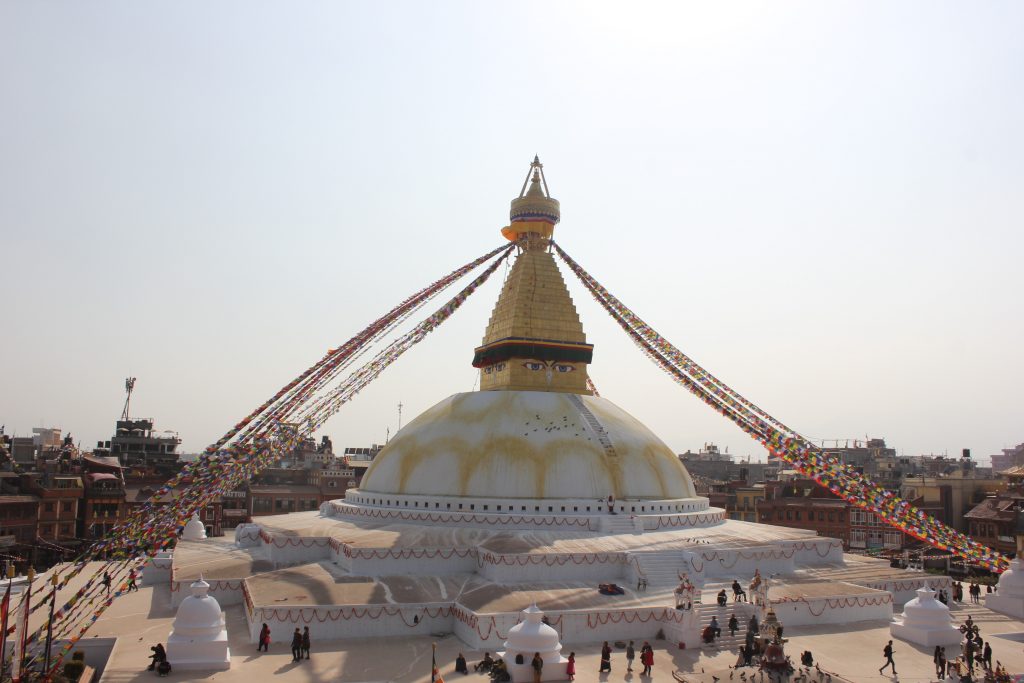
Kathmandu’s best secret- Boudhanath Stupa
#5- Safety
If Victoria is the ‘nanny state’ of Australia, then Nepal is it’s dangerous, risky cousin. You know the one who somehow winds up in Emergency after a quiet family picnic? That one. Workplace safety measures that Westerners are familiar with and accustomed to do not appear to exist, at least from a traveller’s perspective, in Nepal. It is said a picture tells 1000 words so instead of describing every near miss or hazard I saw, here’s a photo summing up Nepal’s fondness for living on the edge, one minute and step at a time.
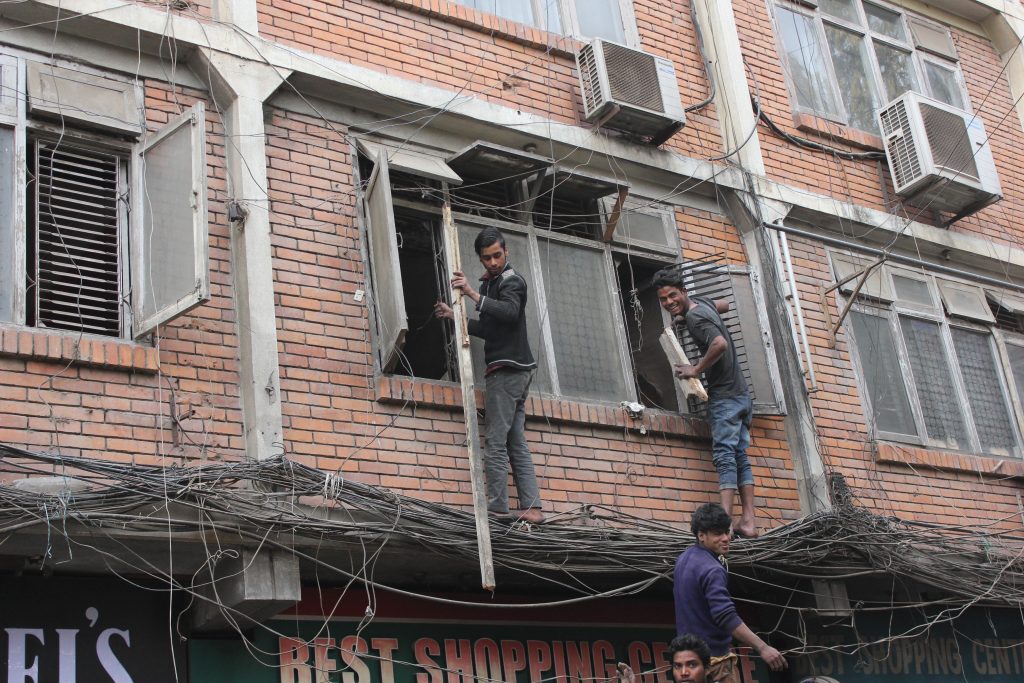
Occupational Health and Safety 101, Nepali style
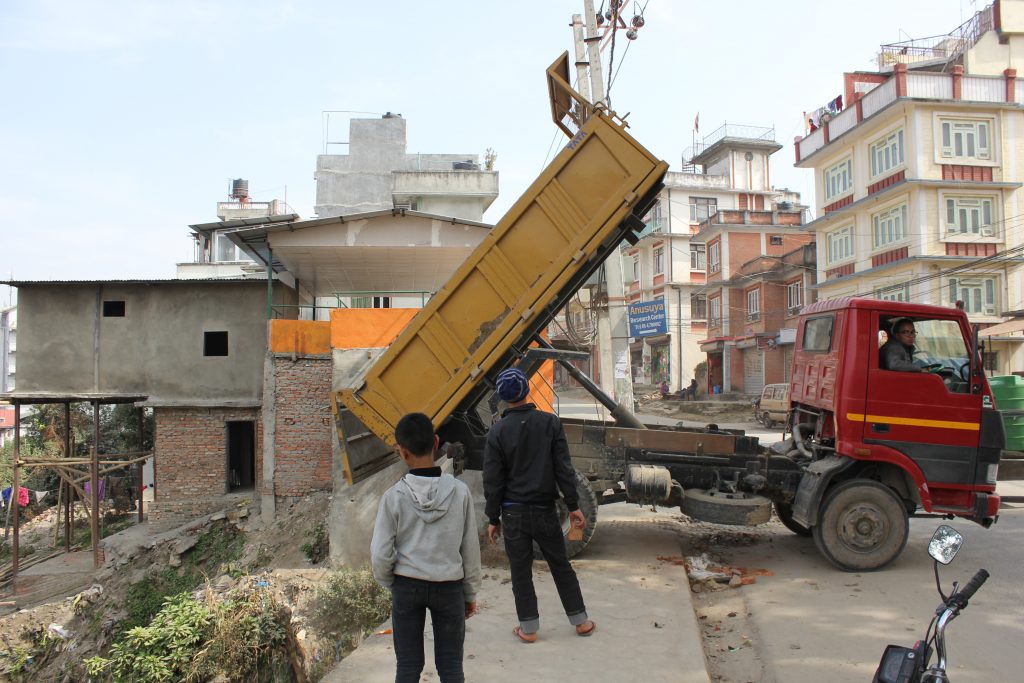
Precariously balanced dirt dump in Kathmandu
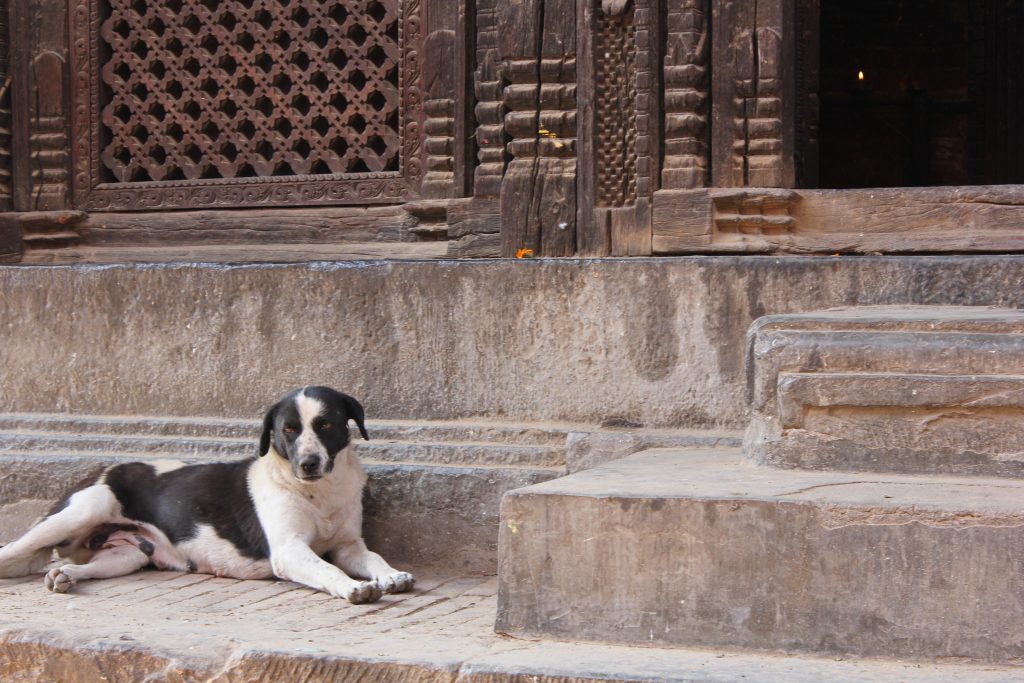 On animal safety: it is entirely possible there are more dogs in Nepal than people. They are literally everywhere, roaming the streets and howling into the night. While you might be tempted to snap a selfie with a Nepali doggo, be aware not every pup is the friendliest… nor expecting attention, let alone a photo. Err on the side of caution. They are pack animals and if startled, may give chase. Advice– run.
On animal safety: it is entirely possible there are more dogs in Nepal than people. They are literally everywhere, roaming the streets and howling into the night. While you might be tempted to snap a selfie with a Nepali doggo, be aware not every pup is the friendliest… nor expecting attention, let alone a photo. Err on the side of caution. They are pack animals and if startled, may give chase. Advice– run.
PS rabies? Totally a thing. Don’t risk it!
**
So good luck. Leave expectations of your trip at the airport, it is impossible to predict, especially in Nepal!
Prepare to be patient. You’ll be in a country where people take their time, nothing is rushed and a day is not a day without at least three cups of tea. Channel the attitude of Nepali people, it is liberating and a refreshing break from Western society’s obsession with busy lifestyles and instant gratification. Go with the flow. Soak up the environment. Be yourself. Breathe.
Namaste.
Photos: Katie Coulthard

